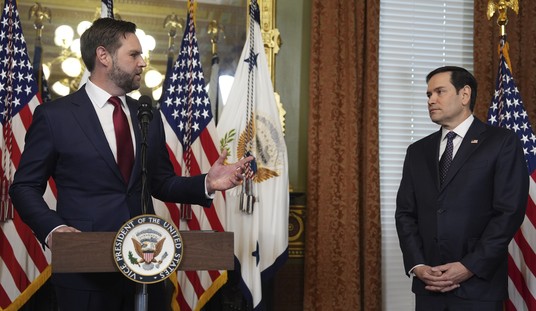I’ve been keeping a weather eye on the Obama administration’s recent resurrection of the very practical attempt to reform the United States’ food-aid programs from the current system that mostly requires the government to buy up food from American producers, and then ship it abroad to poor and/or disaster-stricken zones, to the more efficient method of instead using that money to buy food from wherever it can be most cheaply purchased and distributed, which often means from regions immediately neighboring the aforementioned areas. American agribusiness and the relevant special interests, as you might imagine, are rather fond of the way the system functions now — i.e., yet another longstanding, sweet government subsidy for the agricultural sector — but the $1.4 billion program is a contributor to damaging price volatility in these impoverished regions, and there is plenty of waste that goes on that could instead be effectively transformed into more food aid for those in need.
The very narrow but powerful special interests that would rather keep the cash flowing to themselves have been putting up the highly predictable fight vis–à–vis their impressive lobbying prowess, making sure that their Congresspeople both Republican and Democratic know what’s up. Via Roll Call:
Lawmakers and officials with the U.S. Agency for International Development are now in negotiations on a smaller package of changes that supporters of the overhaul hope could pave the way for incremental updates to the system of food aid delivery.
The administration’s proposal, which would have loosened requirements on how much of the food the United States sends to hungry people around the world has to come from U.S. farmers on U.S. ships, “is just way too far, way too aggressive,” said Sen. Mike Johanns, R-Neb., a member of the Senate Agriculture and Appropriations committees. It “never had much of a chance.” …
Despite Obama’s efforts, those on both sides of the debate now say that the food assistance programs will stay under the Agriculture committees. That was affirmed in the House and Senate farm bills (HR 1947, S 954) that are currently making their way through both chambers, and echoed by senators on both the Agriculture and State and Foreign Operations Appropriations subcommittees. …
According to Johanns, there are a “number of vehicles” under consideration on that front. One possibility, he said, is to increase by some smaller percentage the amount of money allowed to be spent on emergency food aid overseas, although it would be well less than the 45 percent that was the maximum amount allowed in the White House request.
This is the egregious state of our bureaucracy, friends: That reforming the food-aid program, merely to allow food to be locally sourced for the benefit of the program’s ostensibly intended poor and hungry recipients in foreign countries, so that barely half a billion dollars will be relieved of its guaranteed placement into the pockets of a small handful of America’s already large and well-to-do agribusinesses, is “too aggressive” to accomplish in one clean push. Instead, it’s getting turned into an even more convoluted and confusing program with more federal rulemaking from on high in the pipeline. Typical.







Join the conversation as a VIP Member